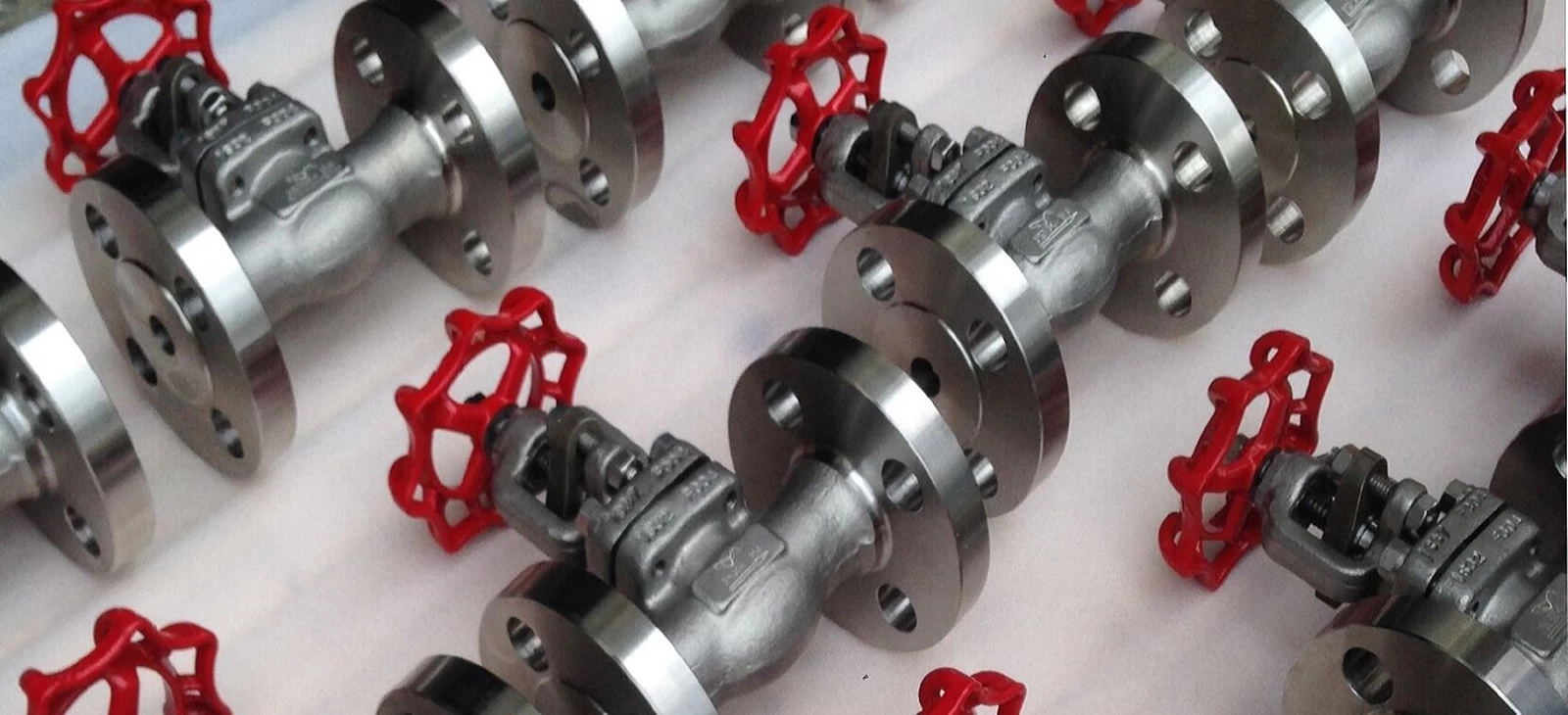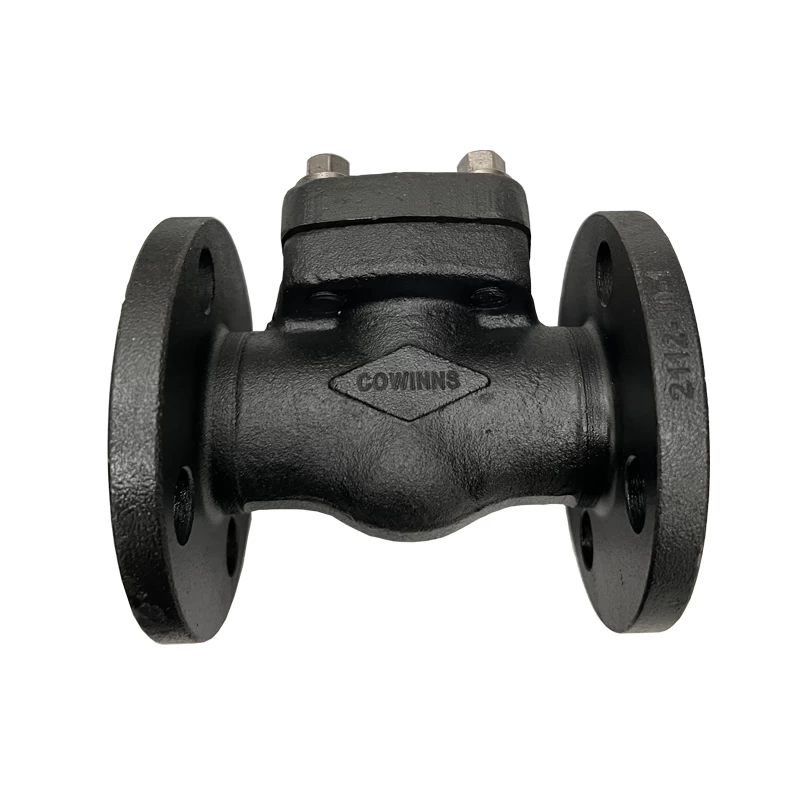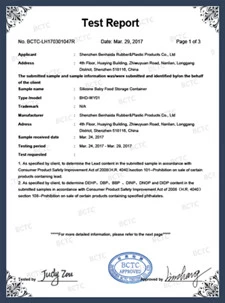21 types of surface treatment process introduction
01 Micro Arc oxidation
Micro-pear Oxidation, also known as the oxidation of the micro-pats, is through the combination of electrolyte and corresponding electric parameters, on the surface of aluminum, magnesium, titanium and alloys, based on the maximum instantaneous Temperature and high pressure generated by the discharge of the arch to cultivate the metal with a matrix oxides. of the ceramic membrane.

02 Metal wire drawing
Wire Drawing is a method of surface treatment that forms lines on the surface of the Procedure by grinding the product, which has a decorative effect.

03 Blue Burn


Blue-Burning is To fill the entire carcass with colored enamel, then cook it in an explosion Oven with a temperature of the oven of about 800 ° C. At this moment, the color The icing is less than the height of the copper wire, so the color glaze must be filled again, and then shot, usually four or five times in a row, up to The model is filled at the level of the filigree model.
04 Peening


Shot Peenening is a cold work process that bombards the surface of the piece with pellets and residual compression stress systems to improve the Strengthen the piece of the piece.
05 sandblasting

The sand is a cleaning process and rough the surface of the substrate using the Impact of high -speed sand flow, that is, using compressed air as a power to form A high -speed jet ray to spray the materials (copper mineral sand, quartz sand, denial, Iron sand, Hainan sand) at high speed. To the surface of the piece to be Treated, the appearance or shape of the external surface of the surface of the piece has changed.
According to With the customer's request, we delivered Control of the double -temperature double plate wafer valve with a sandblasting treatment in the south American market.
06 engraving

The engraving is a technique in which the material is removed using chemical or physical reactions impact. Usually indicated as an attack, also known as a photochemical incision, it refers to the removal of the protective film in the area to be engraved after Exposure to the creation and development of the plate and contact with chemical solutions During the attack to achieve the effect of dissolution and corrosion, training Concave-Convex or hollow lobulating.
07 IMD


IMD is in-Mold Decoration (decorative technology in-Mold), also known as without coating technology. It is a popular surface decoration technology. The Strong transparent film on the surface, the layer of central printed pattern, the rear part injection layer and the center of ink can make product resistant to friction. , to prevent the surface from being scratched and to maintain the color Bright and not easy to fade for a long time.
08 OMD

OMD OUT mold Decoration (out of the mold decoration) in short, it is a visual, tactile, functional The integration display, the technology of the decoration extended by IMD, is a 3D surface Decoration technology that combines the printing, the structure of the plot e Metallization characteristics.
09 laser engraving

Laser engraving, Also called laser engraving or laser marking, it is a surface treatment process Using optical principles. Use a laser radius to affect a permanent imprint the surface or inside a transparent material.
10 EDM

Electric Download processing (EDM) is a special processing method that uses the Electrosion effect generated by the discharge of the impulse between the two poles immersed in the work fluid to erode the conductive materials, also known as Electric exhaust machinery or electro-erosion processing, English Abbreviation EDM. Materials resistant to electrocorosion such as copper, graphite, The Copper-TungSteno League and the Molybdenum are commonly used for the electrodes of the tools with Good electrical conductivity, high fusion point and easy processing. On the occasion The processing process, the electrode of the instrument is also lost, but it is less than quantity of removal of the metal of the piece and even near the loss.
11 laser bite flower

Laser engraving Use a high energy density laser to react with the steel surface to form the snake skin/engraving/pear grind or other forms of lines.
12 swabs

The Pad print is One of the special print methods, i.e. steel (or copper, thermoplastic) The grave and a curved bearing of silicone rubber printing is used The material is used to immerse the ink on the grave on the surface of the pad Printing head and then on the surface of the bearing head of the bearing. Text, The models, etc. They can be printed by pressing the surface of the desired object.
13 screen press

Printing on the screen It is extending the silk fabric, synthetic fiber fabric or the metal network on the screen frame and use the hand carved painting film method or photochemical plate Making to make the screen printing plate. Modern uses for screen printing Photosensitive materials to create printing plates screen by means of Photolitography (so that the screen holes in the graphic part of the screen The printing plate is through the holes and the holes of the screen in the non -graphic part They are blocked. inhabit). During the press, through the extrusion of the Squegee, the The ink is transferred to the substrate through the mesh of the graphic part a It forms the same graph as the original.
14 direct thermal printing

Direct thermal The press refers to the application of a thermal agent on paper to make it thermal registration document. Under the action of heat, the thermal recording card changes The physical or chemical properties of the substance (color developer) a Get an image. A method.
15 Heat transfer

The principle of The thermal transfer print is to print the digital model on the special Transfer the card with special transfer ink via the printer, then use the Special transfer machine to carefully transfer the model to the surface of The product at high temperature and high pressure to complete the product press. system.
16 lithography


In lithography, On the graphic part and the non -graphic part of the lithographic print they are on the same plane, in order to make the ink distinguish to the part or The part not scheduled for the printing plate, the principle of oil-water The separation is used and the printing plate is first separated from the printing dish. The component water supply device provides water to non -graphic part of the print plate, thus protecting the non -graphic part of the printing plate from the wetting of the ink. Therefore, the ink is provided to Print plate from the ink power supply device of the print part. Non -graphic Part of the printing plate is protected by water, the ink can only be supplied to the graphic part of the print plate. Finally, the ink in the printing The plate is transferred to the skin of the milk and then the pressure between the rubber Roller and the impression cylinder is used to transfer the ink to the skin of the milk to the substrate to complete a print. Therefore, lithography is a kind of Indirect printing.
17 Curvi press

Curve print It is first to insert the ink into the engraved text or in the graviera, then a copy the text or the motif on the curved surface, then use the curved surface for transfer the text or the motif on the surface of the modeled product and finally Cross it through thermal treatment or the irradiation of ultraviolet light and other methods. Ink care.
18 hot printing

Hot printing, commonly known as "hot stamping", it refers to the words and models of Materials like color sheets are hot stamps on the first or fourth lid e The back of the cover of the book with a rigid cover or various titles of convex books and concave or the reasons are highlighted by the hot pressure.
19 water transfer

Water transfer Print is a kind of printing that uses water pressure to hydrolyze the Transfer paper/plastic film with color motifs. The technological process Includes the production of water transfer printing paper, soaking the Flower paper, transfer of the motif, drying and finished product.
20 flat screen press

Flat screen Print, the printing matrix is a polyester or nylon (pattern) screen set on a Square frame with an empty motif. Color pasta can be penetrated a Modeling part of the flower plate and the shirt is closed with a polymer film layer in the part not in shattered. The printing is pressed, the plate of the reason is pressed Against the fabric, the color pasta is positioned on the plate of the motif and on the The scraper is used to scrape and press back and forth, so that the color pasta The reason penetrates and reaches the surface of the fabric.
21 calendar

The calendar is Also called calendar. The final process of heavy leather finishing. Finishing process that uses the plasticity of the fibers in conditions of mixing and heating to flatten the surface of the fabric or spread parallel fine diagonal lines to improve the shine of the fabric. After the material is nourished, it is heated and loose, therefore formed in sheets or films, which are then cooled and rolled. The calendar material most commonly used is the multivinili chloride.
 +86 512 68781993
+86 512 68781993 


















